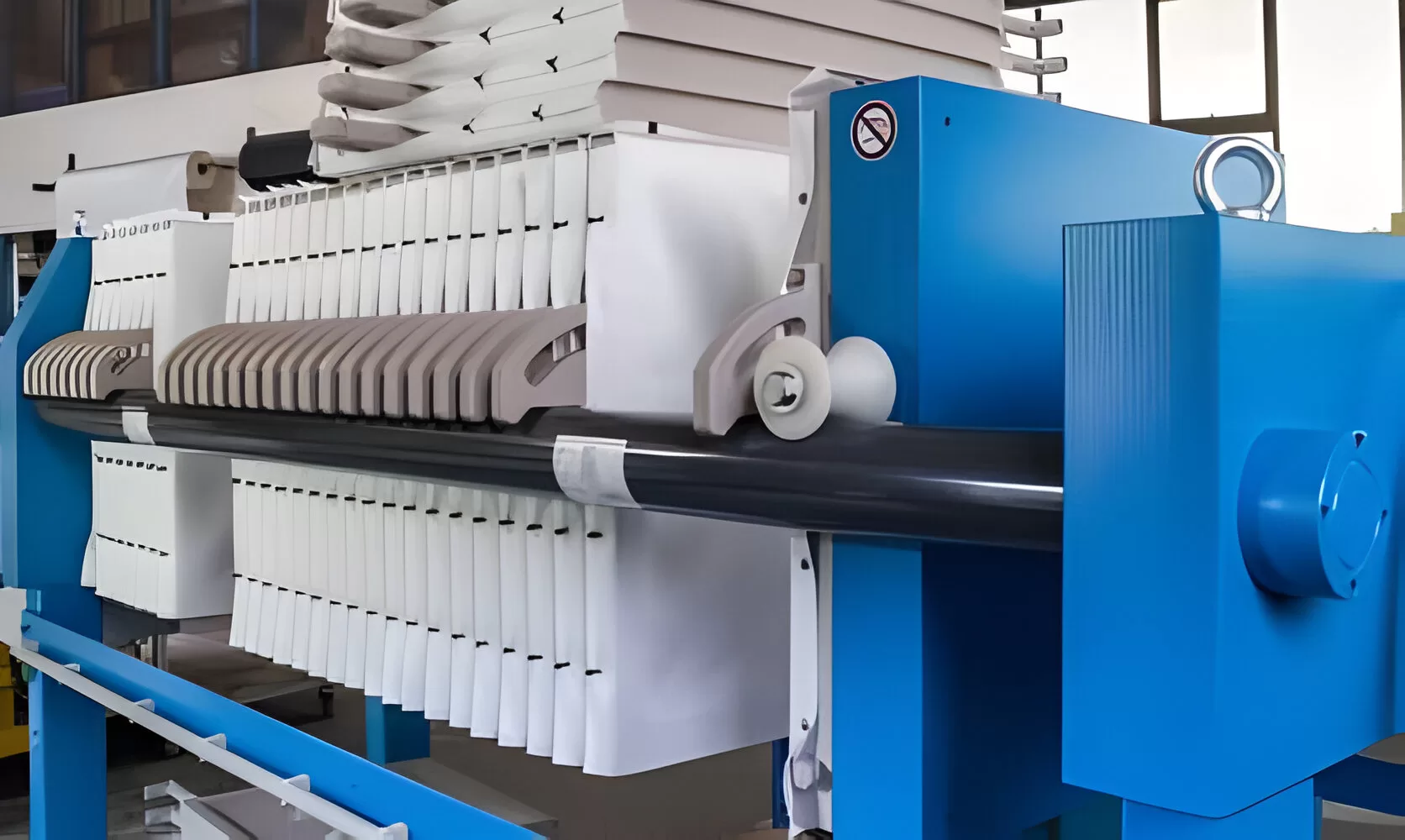
FAQ
This FAQ page provides answers to common questions about industrial filter cloths, helping you choose the right product for your specific needs.
Q: How to choose the right product for filtration?
Here are some key factors to consider when selecting a filter cloth:
- Application: What type of material are you filtering (liquids, gases, etc.) and in what industry (mining, food processing, etc.)?
- Particle size to be filtered: The filter cloth’s pore size needs to be smaller than the particles you want to capture.
- Filter cloth working temperature: Ensure the filter cloth can withstand the operating temperature of your filtration process.
- Filter cloth working pH value: The filter cloth material should be compatible with the acidity or alkalinity (pH) of the solution being filtered.
- Type of filter machine: Different filter machines require specific filter cloth configurations.
Q: What is particle size?
Particle size refers to the diameter of the smallest particles you want to capture in your filtrate (filtered liquid). The filter cloth you choose will have a specific pore size that determines the size of particles it can trap.
Q: What is pH value and why consider it?
pH is a measurement of a solution’s acidity or alkalinity on a scale of 0 to 14. A pH of 7 is neutral, lower values indicate acidity, and higher values indicate alkalinity. The pH of your solution is important because some filter cloth materials perform better in certain pH ranges. For example, Polypropylene (PP) filter cloths can be used across a wide pH range, while Polyethersulfone (PES) cloths are recommended for a narrower range (pH 3 to 9).
Q: What is fabric? What are the main ways to make it?
Fabrics are flat, flexible sheets made by interlacing yarns or fibers. Here are the three main types of fabric construction:
- Weaving: Yarns are interlaced perpendicularly (over and under) to create a strong and stable fabric.
- Knitting: Yarns are looped together to create a stretchy and flexible fabric.
- Non-woven: Fibers are bonded together using heat, pressure, or chemical adhesives.
Q: What are the types of yarn?
Yarns are threads used to create fabrics. They can be made from various materials like cotton, polyester, or nylon. Here are some common yarn types:
- Staple fiber yarns: Made from short, chopped fibers twisted together. (e.g., cotton, polyester staple)
- Filament yarns: Made from continuous, long fibers.
- Monofilament: A single, continuous filament.
- Multifilament: Multiple filaments twisted together.
Q: What is industrial filter cloth? What are the main materials?
Industrial filter cloths are specialized fabrics used for separating liquids or gases from solids. They are considered industrial textiles and are typically woven from natural or synthetic fibers. Common materials include Polypropylene (PP), Polyester (PES), Nylon, Vinylon, Aramid, and Cotton. Polypropylene and Polyester are the most widely used due to their affordability and versatility.
Q: What are the main weaving methods for filter cloths?
Filter cloths can be woven in various patterns to achieve different properties:
- Plain weave: The most basic weave, offering a balanced structure.
- Twill weave: Creates a diagonal pattern, offering good strength and stability.
- Satin weave: Features smooth, shiny surfaces on one side, ideal for finer filtration.
- Non-woven needle punched: Fibers are bonded together by needles, offering good filtration efficiency and dust-holding capacity.
Q: What are the main applications of industrial filter cloths?
Industrial filter cloths have two main applications:
- Liquid-solid separation: Widely used in various industries like mining, chemicals, food processing, and medicine to separate liquids from solid particles.
- Gas-solid separation: Used in industries like steel production and power plants to remove dust particles from gas streams.
Q: What is the definition of breaking strength?
Breaking strength refers to the maximum force a filter cloth can withstand before tearing or breaking. There are three related terms:
- Breaking strength: The maximum pulling force a filter cloth can handle.
- Breaking elongation: The percentage a filter cloth stretches before breaking under tension.
- Breaking time: The time it takes for a filter cloth to break under constant stretching force.
We hope this FAQ has provided valuable information about industrial filter cloths. If you have any further questions, please don’t hesitate to contact us.
